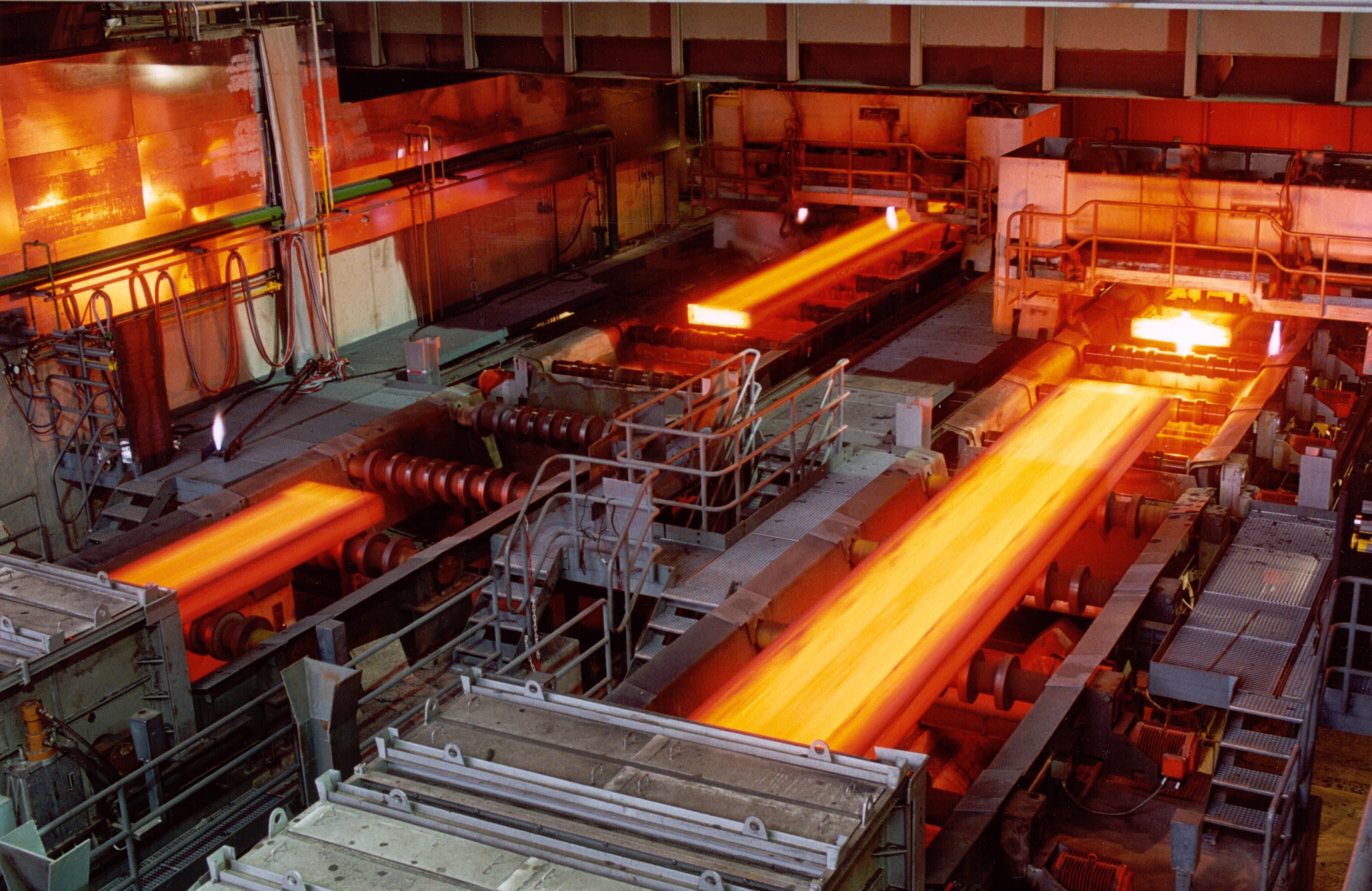Following the signing of the Joint Comprehensive Plan of Action between Iran and the six world powers last year, which led to the lifting of commercial and economic sanctions against Tehran, the first cargo of Iranian steel has been dispatched to Canada, a sign of the industry’s growing international aspirations.
The shipment consisted of 18,000 tons of billets made by Khouzestan Steel Company, based in Ahvaz, and was a trial shipment to test this new market, S&P Platts Global reported.
Platts is a London-based provider of energy and commodities information and a source of benchmark price assessments in the physical energy markets.
Tehran and Ottawa had severed relations in 2012, but with the lifting of the sanctions, it seems both countries are keen to start over.
The deal also represents a symbolic start to Iran’s goal of broadening its steel export base and becoming a new force in steel and steel raw materials exports.
Bahram Sobhani, managing director of Mobarakeh Steel Company, is on record as saying Iran will become a net exporter of steel from this year.
During 2015, the country imported 4.5 million tons of steel and exported 4.2 million tons, but this year exports are expected to top 6 million tons.
Europe Losing Luster
In parallel, the traditional destination for most Iranian steel exports, namely Europe, is losing its luster.
The 95% jump in Iranian exports of HRC to the European Union last year from 2014 led the European Commission in July to initiate an anti-dumping investigation into imports of Iran origin HRC, cut-to length and narrow strip. Products from Brazil, Russia, Serbia and Ukraine are also being probed.
The issue is tricky for Iran because many of the steel expansion plans the country has signposted are expected to be funded by European financers. At least one major Iranian steel producer has announced it will review its contracts with the EU, if anti-dumping duties are imposed. This goes some way to explain the keenness of Iranian steel exporters to identify new markets.
There are even suggestions that once the US presidential elections are held in November and the new White House resident is determined, Iranian steel products could be exported to the US.
“It will need some governmental permissions but it is not impossible,” an Iranian source said.
Strong Growth Prospects
Tehran has a plan to increase the country’s steel production capacity to 55 million tons per year by 2025. The volume of steel Iran will have available for export will depend largely on the strength of the local economy and steel-consuming sectors.
In a statement issued on October 3 following a visit to Iran, the International Monetary Fund said economic conditions in Iran are likely to improve substantially this year and next.
The IMF said oil production and exports had “rebounded quickly” to pre-sanctions levels, with real GDP recovering strongly over the first half of the year.
Indeed, the fund predicted that Iran’s GDP would grow by at least 4.5% in 2016-17 which, if realized, would be a remarkable achievement since Iran’s growth had been negative from 2012 to 2014.
Industrialization will drive an increase in the country’s demand for steel, with per capita consumption tipped to rise to 350 kg from 237 kg currently. Automotive production in the first six months of the Iranian year (to July 20) was up 15.6% year-on-year at 501,546 vehicles, according to the Iran Vehicle Manufacturers Association.
The country’s target is 1.5 million vehicles per year but the involvement of foreign investors in the auto sector could lift this to 2 million units annually.
Iran’s auto industry has attracted foreign firms, with French companies more active than others.
Raw Materials Output Lifting
Steelmaking raw materials also figure prominently in the country’s development plan. Iran’s capacity for agglomerated iron ore and pellets is targeted to double over the next nine years to about 88 million tons per year.
The Iranian government is planning to achieve a growth rate of 8.8% a year for the mining and metal industries in its sixth development plan (2016-21), according to state-owned Iranian Mines and Mining Industries Development and Renovation Organization.
This will require an investment of over $40 billion in steel and other metals and raw materials, as well as in infrastructure.
The shortage of funding is probably the biggest challenge that the steel and raw materials development plan faces. Iran will need foreign direct investment if it is to achieve its goals, yet the country believes it has a persuasive story to tell.
Besides the large reserves of iron ore and natural gas, the domestic steel industry enjoys considerable protection with the average import tariff rate on steel being 15.2%. On some items, the duty is as high as 26%.
Against these, Iran’s levels of applied technology are low, production costs are high and currently the construction industry is depressed (caused mainly by the low price of oil). The country’s support infrastructure such as rail networks and ports needs to be developed.
About $3 billion in FDI have been approved by the Iranian government annually since the removal of the sanctions, mostly from European countries, according to Iran’s Foreign Investment Society.
The country’s FDI is expected to increase to $8 billion by March 2017. To date, petrochemicals and auto industries have been more successful than steel at attracting foreign investors.


